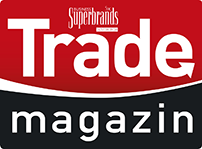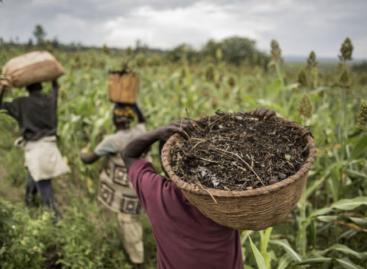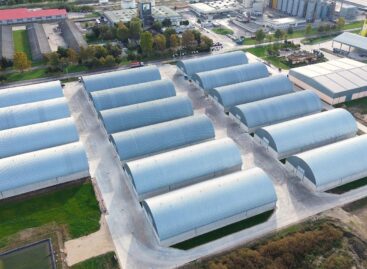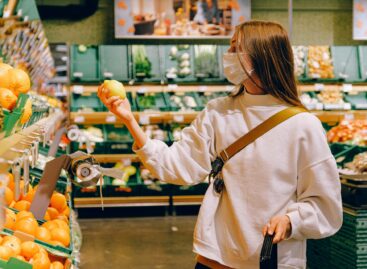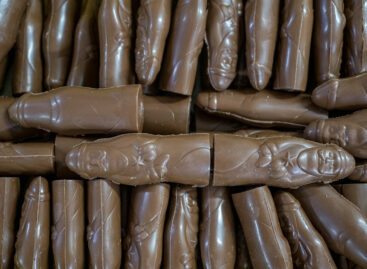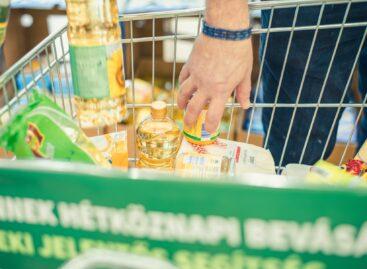Working toward zero
Our long-term vision is to one day report we have no manufacturing waste going to landfill. We have come a long way in a short time and are innovating to find new ways to turn waste into worth.
In 2017, we announced that by 2020 all of our manufacturing sites would send zero production waste to landfill. Since P&G began qualifying sites as zero manufacturing waste to landfill, 56% of its global production sites have achieved this milestone. Plans are now in place to complete the remaining facilities over the next four years. This means eliminating or beneficially re-using about 650,000 metric tons of waste, equivalent to the weight of nearly 350,000 mid-sized cars that would typically go to landfills.
Check out this video that shows how we are effectively repurposing our manufacturing waste.
We measure our “waste to landfill” a bit differently than other companies and for us, waste is everything—no exceptions. We recently announced that by 2020, all our manufacturing sites around the world would be zero manufacturing waste to landfill sites, accounting for about 95% of the waste the Company produces. We are addressing the remaining waste through our office and tech center programs and are proud to announce that our site in Costa Rica is completely zero waste to landfill thanks to the effort and dedication of the employees.
The key is to not see anything as trash, but material with potential use. Our Global Asset Recovery Purchases team is dedicated to just that. Here’s a look at what they’ve done:
Waste goals
In Hungary, our Always team collects production scraps and sends them to a local cement company, where they are incinerated for energy to make bricks. Each year, we are keeping 9,000 tons of material out of landfill.
Always product
In China, production waste from one facility is composted as “nutritional soil” for local parks; waste from another facility is being used as a raw material to make bricks.
Pampers product
In India, we’re shredding, blending and compressing manufacturing scraps that then are turned into wall partitions for housing and offices. We’re diverting 3,000 tons of waste per year away from landfill and converting it into a product with value.
Whisper product
In Canada, the scraps from our Always and Tampax brands are used to make emergency spill containment products.
Surfactants from Head and Shoulders waste in China are repurposed into car wash components.
Related news
New FAO publication reminds us of the finite nature of food production resources
🎧 Hallgasd a cikket: Lejátszás Szünet Folytatás Leállítás Nyelv: Auto…
Read more >(HU) A DAV Mérnöki Kft. már tudja, hogyan kell előnyt kovácsolni az ESG-ből
🎧 Hallgasd a cikket: Lejátszás Szünet Folytatás Leállítás Nyelv: Auto…
Read more >Danish example in Hungary: sustainable food requires a common strategy
🎧 Hallgasd a cikket: Lejátszás Szünet Folytatás Leállítás Nyelv: Auto…
Read more >Related news
KSH: retail turnover in October exceeded the same period of the previous year by 3.1 percent and the previous month by 0.5 percent
🎧 Hallgasd a cikket: Lejátszás Szünet Folytatás Leállítás Nyelv: Auto…
Read more >Tradition and innovation characterize this year’s Christmas candy market
🎧 Hallgasd a cikket: Lejátszás Szünet Folytatás Leállítás Nyelv: Auto…
Read more >A record amount of donations was collected in the Food Bank’s charity campaign.
🎧 Hallgasd a cikket: Lejátszás Szünet Folytatás Leállítás Nyelv: Auto…
Read more >